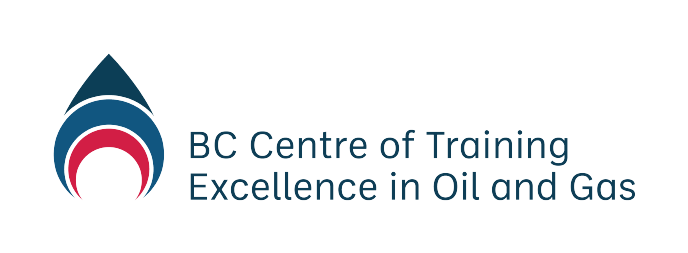-
Module 2.0 How to be Successful in this Course
-
Module 2.1 Introduction to Natural Gas
-
Module 2.2 The Natural Gas Industry in British Columbia
- Overview
- Learning Outcomes
- Natural Gas Science – The Simple Version
- Natural Gas Science – Chemistry
- Natural Gas Science – Physics
- Natural Gas Science – Units of Measurement
- Natural Gas Science – Geology
- Natural Gas Resources and Uses
- Oversight of the Natural Gas Industry
- Understanding Land Rights and Natural Gas
- Energy and the Future
-
Module 2.3 Upstream – Well Site Selection, Preparation and Drilling, Completion, Production, Water Recycling, and Reclamation
- Learning Outcomes
- The Upstream Sector – Extraction and Processing
- The Upstream Sector – Exploration and Site Selection
- The Upstream Sector – Preparation and Drilling
- The Upstream Sector – Completion
- The Upstream Sector – Production
- The Upstream Sector – Water Recycling
- The Upstream Sector – Reclamation
- Upstream Companies and Jobs in British Columbia – Companies
- Upstream Companies and Jobs in British Columbia – Industry Associations
- Upstream Companies and Jobs in British Columbia – Professional Associations
- New Vocabulary
-
Module 2.4 Midstream – Transportation, Processing, Refining
- Learning Outcomes
- The Midstream Sector
- The Midstream Sector – Processing Natural Gas
- The Midstream Sector – Liquefied Natural Gas
- The Midstream Sector – An Emerging Industry
- The Midstream Sector – Processing LNG
- The Midstream Sector – Proposed LNG Projects in British Columbia
- Transportation
- Midstream Companies and Jobs in British Columbia
-
Module 2.5 Downstream – Refining and Markets
-
Module 2.6 Health and Wellness in the Natural Gas Industry
-
Module 2.7 Safety
-
Module 2.8 Terminology and Communication
-
Module 2.9 Jobs and Careers
- Learning Outcomes
- Industry Outlook
- Technology is Changing Workforce and Skills
- Employment in the Natural Gas Industry
- Employment in the Natural Gas Industry – Types of Employment
- Employment in the Natural Gas Industry – Range of Jobs
- Employment in the Natural Gas Industry – High Demand Jobs and Occupations
- Occupational Education and Training
-
Module 3.0 How to be a Valued Employee
-
Module 3.1 Identifying Interests and Skills
-
Module 3.2 Looking for Employment in Natural Gas
-
Module 3.3 Applying for Employment in Natural Gas
This module provides information about safety and its critical importance in the natural gas industry for workers, communities, and the environment.
You will learn about two kinds of safety—personal and process—as well as about how safety is a shared responsibility between you as a worker, your employer, and everyone who steps on a job site in the natural gas industry.
When you complete this module, you will be able to:
- Understand and explain the importance of personal safety in the natural gas industry.
- Identify and describe employer responsibilities for occupational health and safety in British Columbia.
- Understand the purpose of safety meetings and complete a safety meeting checklist.
- Describe what a Job Hazard Assessment is and complete one.
- Identify and describe government legislation and standards for occupational health and safety in British Columbia.
- Explain the difference between personal safety and process safety.
- Describe the role of health and wellness in safety processes.
Introduction
Safety is and always should be, without exception, the number one priority for everyone—employers, employees, contractors, suppliers, and others—who work in the natural gas industry. Why? It’s simple; as you now know from completing previous modules, natural gas is a highly flammable and in certain conditions, an explosive fossil fuel. In addition, natural gas is compressed when it is shipped – whether in pipeline, trucks, or ships, and therefore under tremendous pressure. Working with, in, and around anything with those properties is inherently dangerous, as is driving to and from the worksite.
In addition to the safety issues, the processing and transportation of natural gas is often carried out in a range of challenging environments including:
- Outdoors—in remote locations with extreme climates and terrain
- Indoors—in plants, refineries and warehouses filled with workers, contractors, suppliers, and others
- In and near communities populated with adults and children in homes, schools, shopping centres, and the like.
- In situations where there is opposition or conflict surrounding the industry or the work.
No question, working in the natural gas industry can present serious and sometimes fatal risks to personal safety and the environment. However, the purpose of this module is not to scare you; it’s to make you aware of these risks and how they can be managed or mitigated, so you and other workers can safely complete their job. Note that completing this module is in no way intended as a substitute for specific safety training and certification required to work in this industry.
